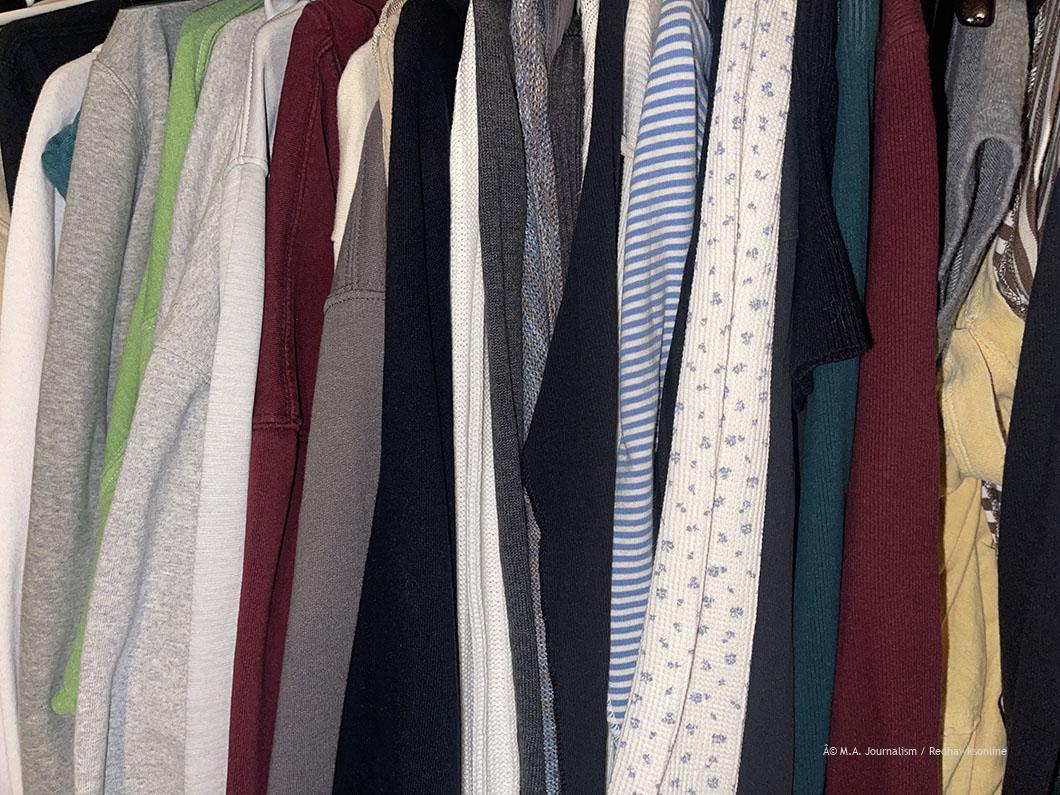Consumers may be unaware of supporting modern slavery with clothing purchases
The topic of the textile industry negatively impacting our environment is not something new. We have all probably heard the terms ‘fast fashion’ and ‘slow fashion’ and know their vast impact on the environment, but less of the world actually knows about the way this clothing is made and about the people who are making it.
For one second, think about brands of clothing which you enjoy shopping from or popular fashion brands that are trending right now on social media.
Here is a list of brands that you may enjoy shopping from: Zara, H&M, Lululemon, Boohoo, Victoria’s Secret, Forever 21, Adidas, Bershka, Nike, Oysho, Primark, Temu, and Shein.
Is one of your favorite clothing brands on this list? If so, next time you go shopping remember that all of these brands have something in common. They are all fast fashion brands, which means that they produce low-priced clothing that moves quickly from design to retail stores to meet trends.
These brands produce massive quantities of clothing on a daily basis. We can say that they prefer quantity over quality, using cheap and poor quality materials and hazardous chemicals substances such as lead, PFAS, and phthalates for textile processing that can be damaging to our health.
But what about the people who are the most vulnerable and constantly exposed to these chemicals? In the last decade, fast fashion brands like Zara or Shein have been called out for dangerous conditions in working factories.
It is not uncommon that workers in clothing factories work in unhygienic conditions often exposed to dangerous chemicals with lack of ventilation which can lead to severe lung disease.
These factories are not built safely and the buildings’ collapsing is not an uncommon occurrence. In 2013 Rana Plaza- a fast fashion-producing factory in Bangladesh collapsed and killed 1138 people.
When we think about slavery we automatically connect it with past events throughout our history, like it is something that could never happen in this century.
Have you ever heard of the term modern slavery? Modern slavery by definition refers to situations of exploitation that a person cannot refuse or leave because of threats, violence, coercion, deception, and abuse of power. The Global Slavery Index reveals that the number of people living in modern slavery since 2018 has increased dramatically to more than 50 million. The fast fashion industry is well known for using modern slavery.
The conditions of workers for this industry meet the “definition” of modern slavery where people are stuck in a poverty cycle with unlivable wages where they cannot afford to leave their job and often are threatened if they want to.
The research by the U.S. Department of Labor Wage and Hour Division published results of the average wage of labor work in fast fashion factories in California USA “We found one contractor paying garment employees $1.58 per hour in a state where the minimum wage was $15.”
According to statistics, 80% of garment workers working in fast fashion industries are women who often are being sexually assaulted and exploited by male managers. Child labor is also a common practice where the children are treated as adults, and are forced to work more than 16 hours per day.
When you are buying a new T-shirt from a fast fashion store, there is more behind it than just fabric. It may seem impossible for us to not support the unsustainable garment industry when the majority of price-available stores are part of fast fashion. So what can we do to not support this but still look fashionable?
“First of all we need to consume less,” said Dora Wagner, a librarian at Minnehaha’s Upper School, who co-taught an intensive course on fashion and ethics last March. “Slowing the consumption cycle is the first and great step in addressing the issue. The second step would be to demand transparency from companies and choose other options of clothing.”
When you go shopping next time ask yourself; do I need this pair of jeans? Is it necessary for me to have another white dress? Be careful with the amount of clothes you buy, and if you want to go shopping you could even choose some more sustainable and slow-fashion stores like: Hazel and Rose, Minneapolis Vintage Market, b. Resale, Tandem Vintage, Legacy, and Daily Dose Retro.
“Another thing to do is get interested in thrifting and vintage. It’s kind of Prime Time to start doing that because these are easy pieces to find, like going into your parents’ closet, they might still have something,” said Wagner. “Be creative in terms of looking at what you’d like to take from current fashion trends and see where you can replicate that in older styles or at a thrift store.”
The more creative and sustainable you can be the more support you show to workers and large industries. In the end it’s all about the little things that overtime can really make a change.

